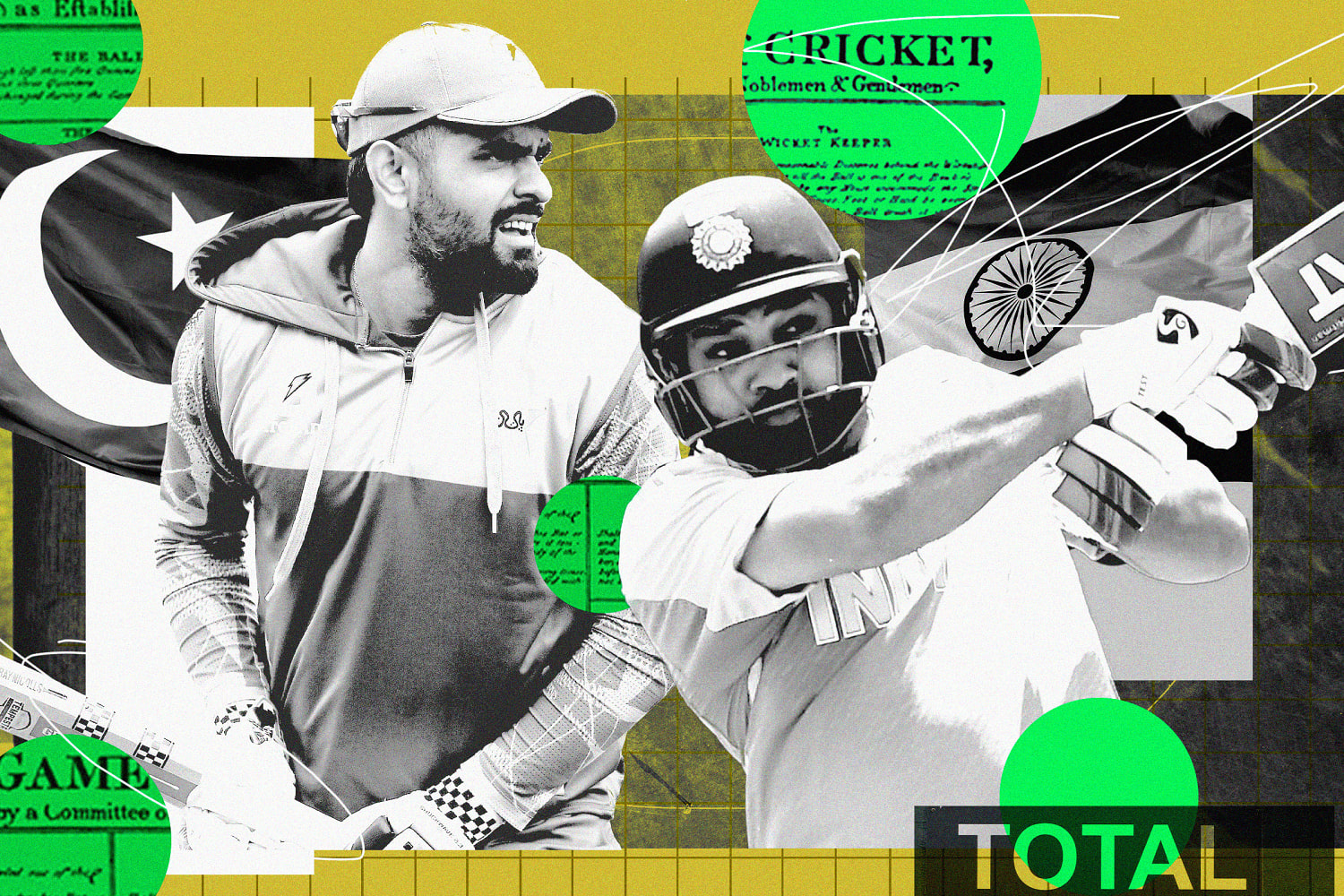[ad_1]

Cricket fans from all over are descending on New York this weekend to watch one of the most highly anticipated sporting events in the world: the India-Pakistan World Cup match.
And for the first time for South Asian Americans, the match is in their backyard.
As a newly constructed stadium on Long Island braces for thousands on Sunday, those on both sides reflect on the gravity of the matchup, and how it means much more to them than just another sporting event. For fans, the match can be a forum for long-standing tensions between the two countries, divided in 1947 by the British partition of the subcontinent.
“Fans from both sides of the border get really emotional about it,” said Vishal Misra, a Columbia University professor and the founder of Cricinfo, a popular cricket coverage website that was later sold to ESPN. “There are some political undertones to it; India and Pakistan have fought wars. … Sometimes the cricket game acts as a proxy.”
Misra, a fan of the Indian national team since childhood, said that for decades, fans have projected many feelings onto the matchup, which is one of the most watched sporting events in the world each time the teams meet at the World Cup.
According to The New York Times, Sunday’s match is set to be watched by 400 million people, compared to 125 million who tuned in to this year’s Super Bowl.
When fans in the West watch their favorite sports teams play, “their fervor and emotions can never reach the level which South Asians do,” said Nasar Qureshi, chairman of the board at the American Pakistan Foundation. “It becomes an issue of ego.”
‘Cricket diplomacy’ and tensions on the field
Qureshi, 65, has been a fan of this Pakistani cricket team since childhood. Growing up in Karachi, he remembers sneaking handheld radios into class to keep up with the games throughout the day.
Cricket has been a phenomenon in both countries for decades, he said. It was both a rivalry between contemptuous neighbors and a tool for diplomacy. In 1987, Pakistani President Mohammad Zia ul-Haq initiated what is known as “cricket diplomacy” after paying a visit to India to watch an India-Pakistan match during tensions over the disputed territory of Kashmir.
The rivalry between the two cricket teams intensified in 1992, when the two cricket giants met for the first time in the World Cup. Over the next several years, they faced each other many times on the world stage, but growing tensions at home have kept the two from playing bilateral matches in over a decade.
In 2008, attacks in Mumbai carried out by a group of Pakistani terrorists left 166 people dead. It increased the strain between the two countries even more, and that tension was reflected on the playing field. India refused to play its neighbor in regular series, making their World Cup matchups even more anticipated and intense, Misra said.
“Every single time, the game gets really hyped up,” he said.
The diaspora is bringing cricket to the U.S.
Cricket has a history in the U.S., Misra said. It came up alongside baseball, as both stem from the same original sport: rounders.
“But cricket was seen as the British sport and baseball was homegrown,” he said.
Its lengthy matches that can take days have turned off a lot of American audiences, according to Misra. But there’s a concerted effort to change that, and the South Asian diaspora is at the forefront. The game being played on Long Island this weekend is part of a new cricket format called T20, which takes only three hours to play.
“Cricket has been sort of smoldering with the Pakistani, Indian and West Indian diaspora here,” Qureshi said. “Leagues have formed all around the country.”
The U.S. national cricket team, mostly made up of South Asian and West Indian players, handed Pakistan a surprising upset on Thursday in Dallas, beating the longtime powerhouse team in a historic win.
“The USA team is playing very well,” Qureshi said. “Yesterday demoralized a lot of the Pakistani fan base.”
Despite hostility on the subcontinent, Misra says cricket is a burgeoning way for different diaspora communities to come together. He’s watched matches with Pakistani friends before, he said, and home-team pride aside, it’s a friendly experience.
“In the U.S., whether you’re Indian or Pakistani or Bangladeshi, everybody is called Desi,” he said. “We go to each other’s restaurants and social events all the time. …There’s lighthearted banter between the Indian fans and the Pakistani fans.”
[ad_2]
Source link


